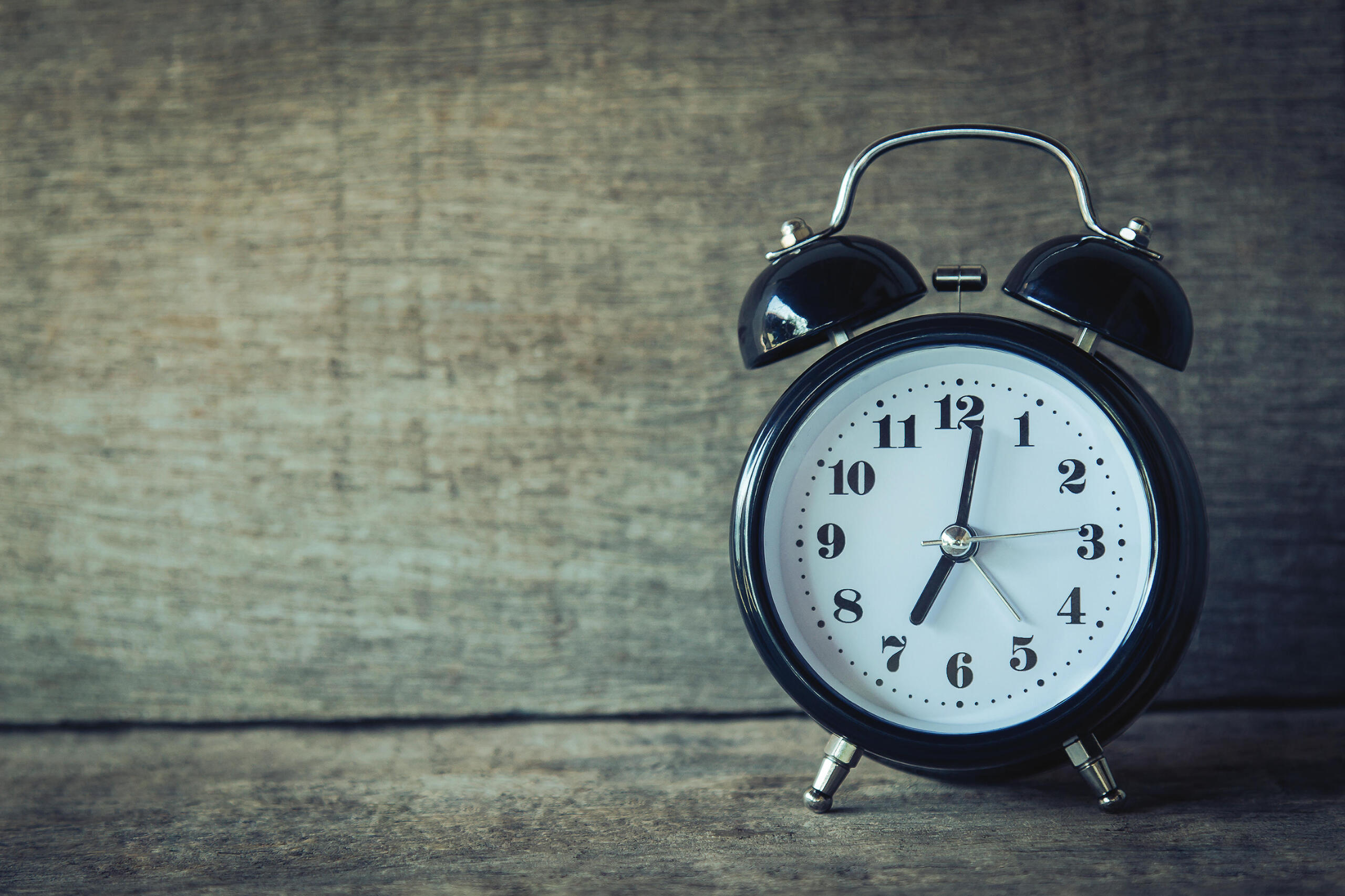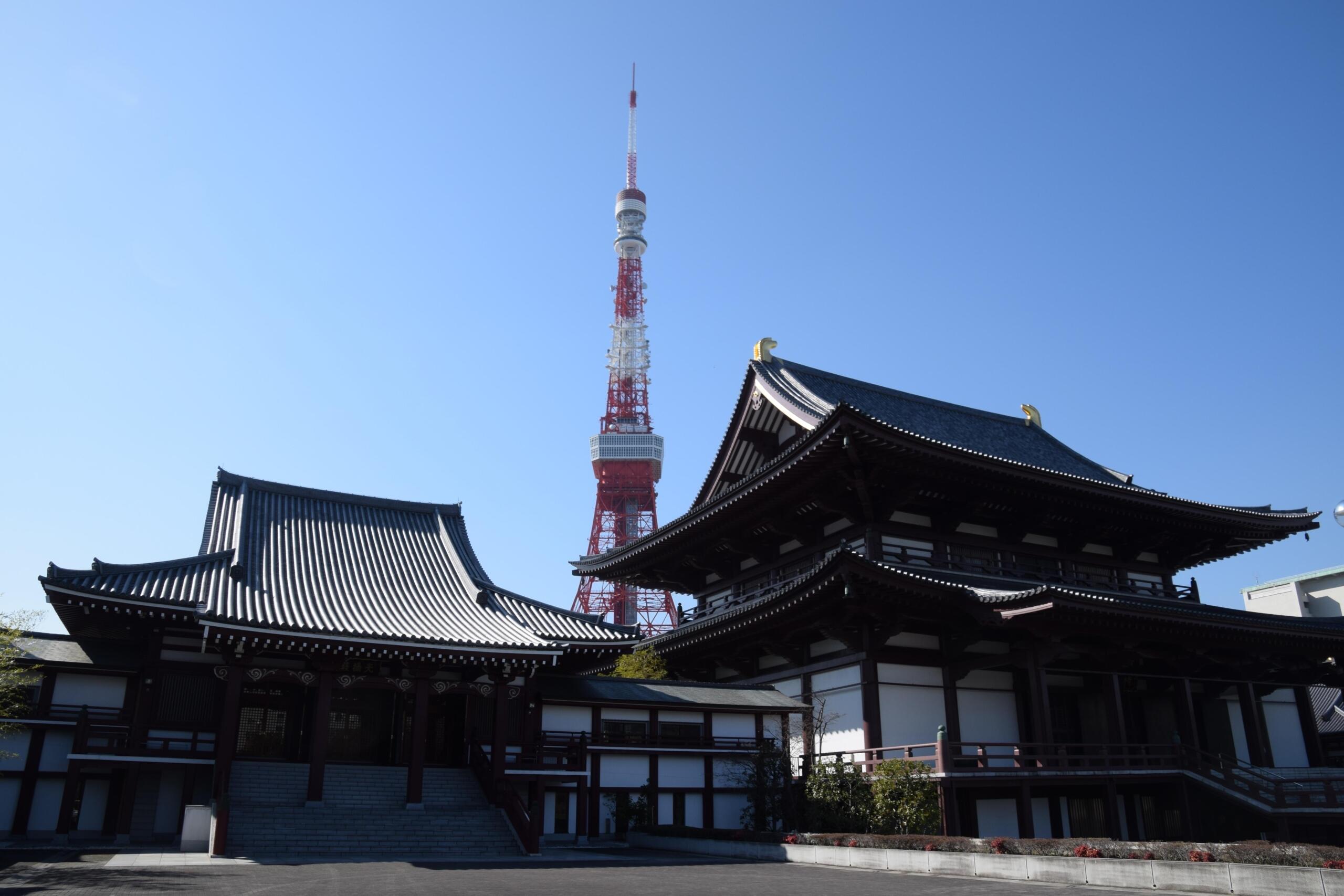According to the Japan Foundation, there are thousands of students who choose to study Japanese every year. The majority learn Nihongo, the type of Japanese studied by any foreigner who wants to learn the language.
It's quickly becoming one of the most popular languages to study, too. This is because the archipelago is home to anime, manga, Buddhism, the samurai, and much more, all of which are some of the biggest global Japanese cultural and religious exports.
Have you decided to take the plunge and start experiencing the richness of the Japanese language, too?
There are some facts about Japanese that you should be aware of before you start learning about the Japanese writing systems and learn kanji and kana (hiragana and katakana). You should probably learn some basic Japanese phrases, too, such as telling the time and talking about, times, days, dates, and months.
Before travelling overseas to Kyoto, Yokohama, Tokyo, Mount Fuji, Osaka, Hokkaido, Kyushu, or Kansai, it’d be useful to do a little study session on dates and time vocabulary so that you can buy tickets for a bus or train or just get a table at a restaurant or reserve a hotel.
Fortunately for you, Superprof is here to help you on this journey with an article on how to tell the time in Japanese, how to say days and dates, and how to improve your Japanese vocabulary so that you can talk about the months.

The History of the Japanese Calendar
Let’s start with a bit of history about Japan. Before 1873, Japanese calendars and the Japanese date format followed that of China. Since 1873, Japan has used the Gregorian calendar which is used in most countries, and the calendar format that you'll probably be most familiar with.

Japanese people use the year-month-day system. Thus, April 11, 2018, would be as follows: 2018年4月11日.
The Japanese kanji 年 means year, 月 is month, and 日 is day. The date literally means “year 2018, month 4, day 11”. Simple, isn't it? Later on in the article we’ll see a few more detailed examples including how to write the years.
However, before you start learning how to say the date in Japanese, it’s highly recommended that you learn to count in Japanese first. While you might see the date or time written using the Arabic numerals like we use, it’s also likely that you’ll see something like 九月 to indicate the 9th month of the year (September) with 九 being the kanji for the number 9.
Telling the Time in Japanese
Japanese culture plays just as big a part as the language when working out how to tell the time.
When you go to Japan and start telling the time in Japanese, the first thing you'll need to consider is whether it's the morning and afternoon (after you've recovered from the jet lag, that is), just like you would with “am” and “pm” in English.
In Japanese, the following is used:
- “gozen” (午前) for the morning.
- “gogo” (午後) for the afternoon.
In Japan, you can't use the Japanese words for “What time is it?” since the question in Japanese is actually “What time is it now?” It’s very important in Japanese that you say the Japanese for “now” when asking for the time.
Here is a good Japanese language course for you.

This is how you’d ask that question:
- “ima nanji desu ka?” (今何時ですか) .
In this sentence, “desu ka” indicates that we’re asking a question. The kanji “何” (nani) can be translated to mean “what” while the “時” refers to the hour or time.
For example, if you wanted to say that it was five in the morning, you’d say “ima wa gozen goji desu” (今は 午前 5時).
While the numbers here are written using Arabic numerals, if you really want to learn Japanese, you should learn the kanji for numbers since they can use both systems in Japan. After all, if you ask a person what the time is in Tokyo, they’ll tell you the answer in Japanese rather than showing you the time with the numbers we're used to. Therefore improving your proficiency for speaking Japanese is essential if you are thinking about living in Japan.
Remember.
- 分 is the kanji for minutes.
- 時 (ji) is the kanji for hours.
Just like learning some expressions relating to greetings and how to introduce yourself, learning how to tell the time will be useful right from the get-go, as it will likely feature in any Japanese conversation that you ever have,

Days of the Week in Japanese
Now that we know how to tell the time, let’s learn more about the days of the week. Firstly, just like in many other Asian countries such as Korea and China, Sunday is the first day of the week in Japan.
As we saw earlier, the kanji 日 is used to refer to days. The following table includes the days in Japanese, their translation and meaning, as well as the transcription in kanji.
| Day | Kanji | Phonetic | Meaning |
| Sunday | 日曜日 | Nichiyôbi | Day of the Sun |
| Monday | 月曜日 | Getsuyôbi | Day of the Moon |
| Tuesday | 火曜日 | Kayôbi | Day of Fire |
| Wednesday | 水曜日 | Suiyôbi | Day of Water |
| Thursday | 木曜日 | Mokuyôbi | Day of Wood |
| Friday | 金曜日 | Kinyôbi | Day of Gold |
| Saturday | 土曜日 | Doyôbi | Day of Earth |
Remember that these are the Japanese etymological translations, not the meanings of our days of the week which comes from Latin. For example, Saturday in English means the “Day of Saturn” which is the "Day of Earth" in Japanese. On the other hand, Monday, is the “Day of the Moon” in both English and Japanese.
Search for "Japanese classes London" to learn more about timekeeping in Japan!
The 12 Months of the Year in Japanese
If you’re going to be telling the time and saying the dates in Japanese, you’re going to have to learn the months of the year.

| English | Rōmaji | Hiragana | Kanji |
| January | ichigatsu | いちがつ | 一月 |
| February | nigatsu | にがつ | 二月 |
| March | sangatsu | さんがつ | 三月 |
| April | shigatsu | しがつ | 四月 |
| May | gogatsu | ごがつ | 五月 |
| June | rokugatsu | ろくがつ | 六月 |
| July | shichigatsu | しちがつ | 七月 |
| August | hachigatsu | はちがつ | 八月 |
| September | kugatsu | くがつ | 九月 |
| October | jūgatsu | じゅうがつ | 十月 |
| November | jūichigatsu | じゅういちがつ | 十一月 |
| December | jūnigatsu | じゅうにがつ | 十二月 |
Note that April can also be called “yongatsu”, July “nanagatsu”, and September “kyugatsu”. February can also be written as: 如月.
It’s interesting to note that the months in Japanese also have a translation dating back to the calendar used before 1873. Nevertheless, these are not currently used and are only found in poetic texts. It should be noted that they’re largely literal translations, too. For example, January (known traditionally as 睦月) would be translated as the “month of friendship”.
In Japanese grammar, there are several suffixes used when counting which are somewhat different to the way we count in English. Thus, you can’t use the same suffix when counting people as when counting cylindrical objects or pills. Fortunately, this rule doesn’t apply to counting the months. You can use “getsu” for counting months. Like this:
One month = ikkagetsu
Two months = nikagetsu
Three months = sankagetsu
Four months = yonkagetsu
Five months = gokagetsu
Six months = rokkagetsu
Seven months = nanakagetsu
Eight months = nikagetsu
Nine months = kyuukagetsu
Ten months = jukkagetsu
Eleven months = juuichikagetsu
Twelve months = juunikagetsu
One Last Thing About Years
When we talk about a year, we use the kanji 年.
As we saw earlier, the Japanese use the Gregorian calendar. However, there’s one thing you should note about how they use it: they use dates according to the current emperor. This means that we’re currently in the 29th year of Heisei 平成 which started on January 7, 1989 when the reign of Akihito ended. Each emperor gets their own era.
Thus, according to the Japanese calender, it’s 平成29年, which means the Heisei 29.

“Gengou Free” is a mobile app you can use to convert Japanese dates to Gregorian dates. This can be really useful if you find yourself talking to Japanese natives who express the date in this way.
A Few Examples of Dates in Japanese
- 12 April 2001: 2001年4月12日
- 17 March 2007: 2007年3月17日
- 28 August 2004: 2014年8月28日
- 7:30am: 午前七時半 です which is pronounced “gozen shichi-ji han desu”. If you want to say 7:30pm, you’ll need to change “gozen” 午前 for “gogo” 午後. Unlike in English, you put the “am” or “pm” part before the time, not after it. This means you start the sentence with either “gogo” or “gozen”.
When it comes to dates, you can always replace the Arabic numerals with the Japanese equivalents if you want.
When giving the date, you can add 今日は or “ kyô wa” (today) and ending the sentence with ですwhich functions like the verb “to be”.
For example, saying “Today is July 8th 2017”, you’d say “今日は2017年7月8日です”.
Don’t forget that there’s plenty of etiquette to follow in Japan, too.
In short:
Studying to say the time, date (day, month, and year) is one of the first things you should learn when you start learning to speak Japanese (or any language for that matter). If you want to live or travel in Japan, these are some of the most important things to learn.
The grammar and the pronunciation are overly problematic in Japanese. The Japanese writing system, however, does complicate matters. However, you don’t need to panic! You won’t need to learn lots of kanji, nor have more than a conversational level in order to tell the time or give the date. You can always start with Arabic numerals and learning just 3 or 4 different kanji symbols. Anybody can manage that!
Learning languages always starts with little steps such as learning the date, introducing yourself, and starting conversations. You’ll move onto more complicated and interesting matters later on. Don't forget, you can find a Japanese teacher nearby by searching the Superprof website, and there are always Japanese lessons online to be found in towns and cities across the world.















